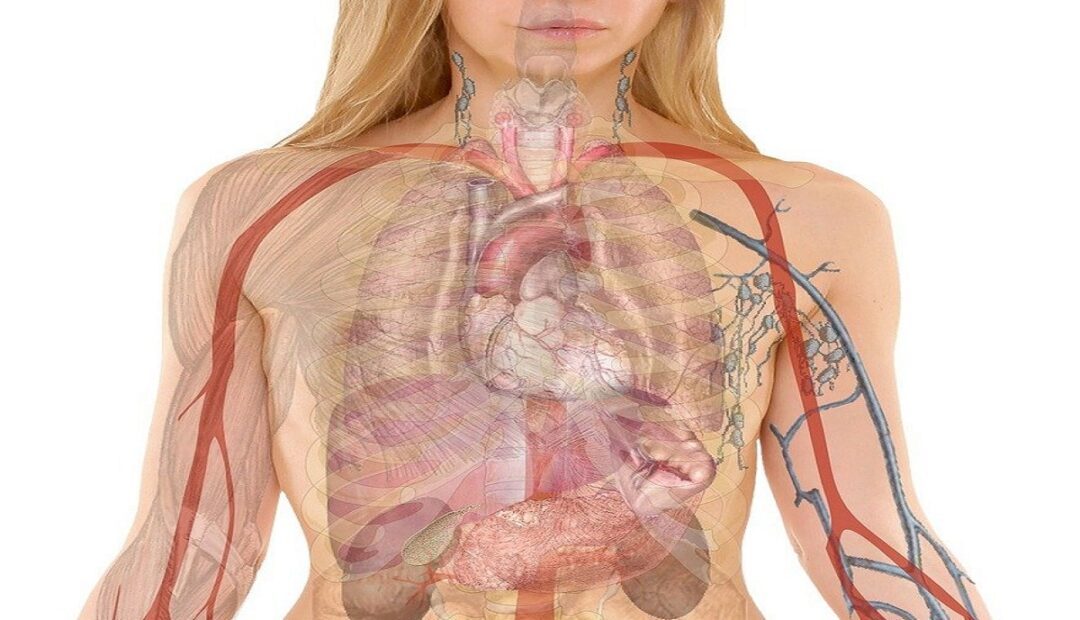CELL PROPERTIES AND FUNCTIONS
CELL PROPERTIES AND FUNCTIONS CELLULAR (INTERNAL/TISSUE) RESPIRATION The oxidation of glucose in the cell to release energy is known as cellular respiration and it occurs in the mitochondria of all living cells. There are two types of cellular respiration i.e. aerobic and anaerobic respiration AEROBIC RESPIRATION When cellular respiration takes place in the presence […]
CELL PROPERTIES AND FUNCTIONS Read More »
